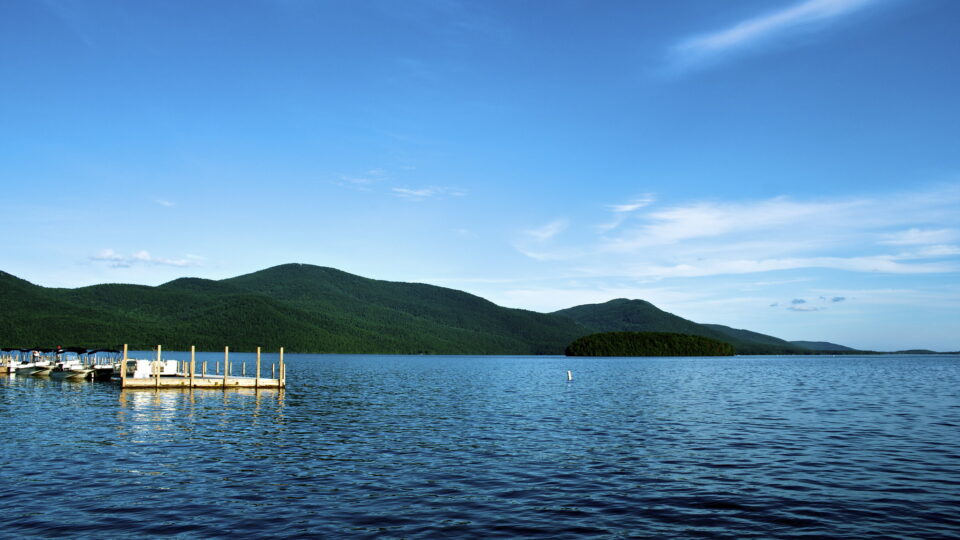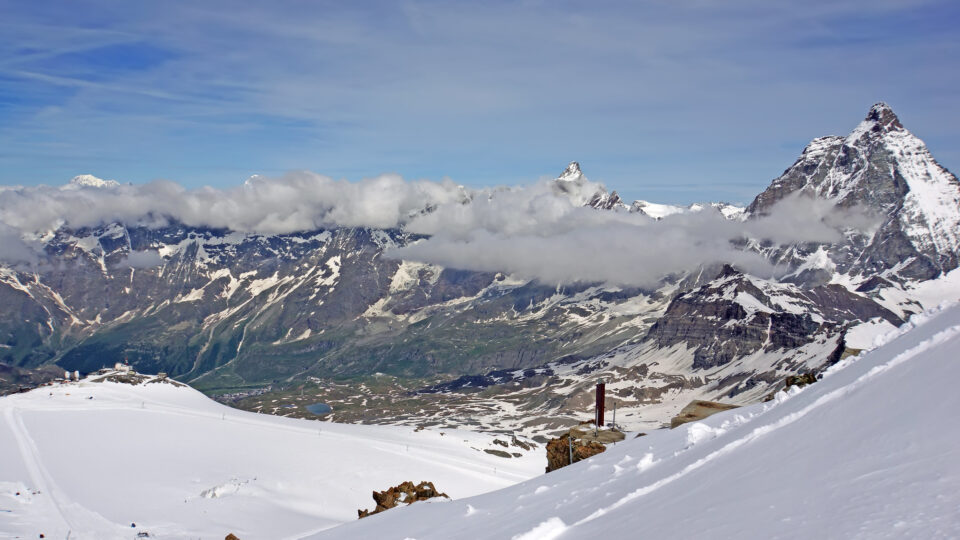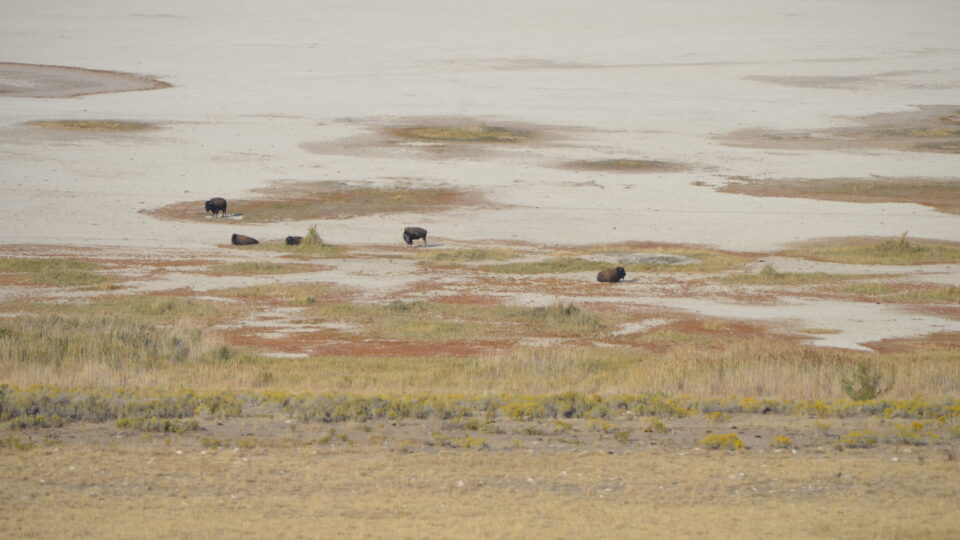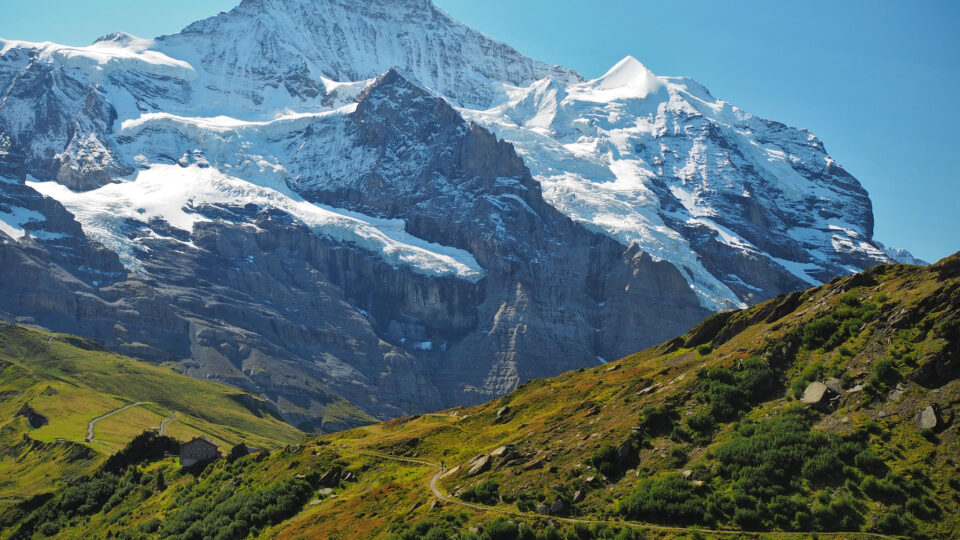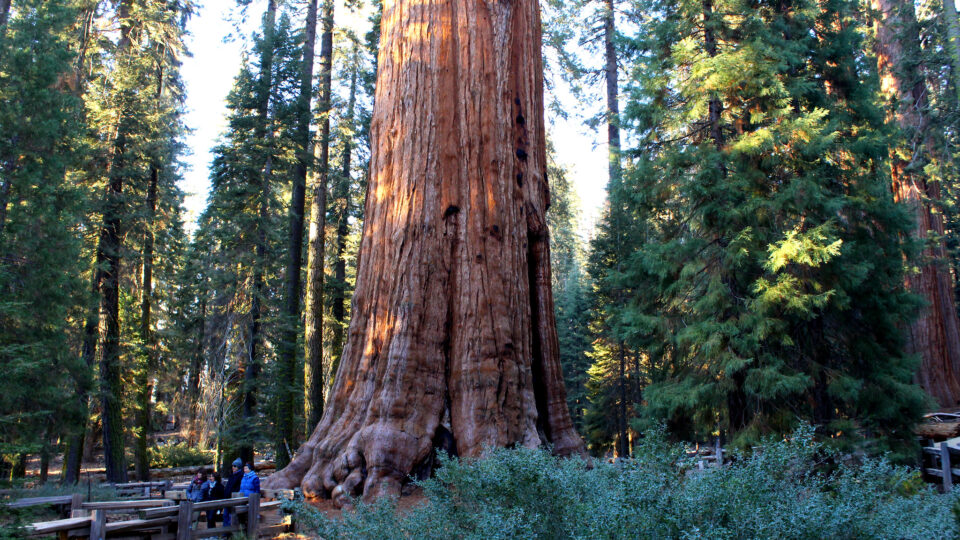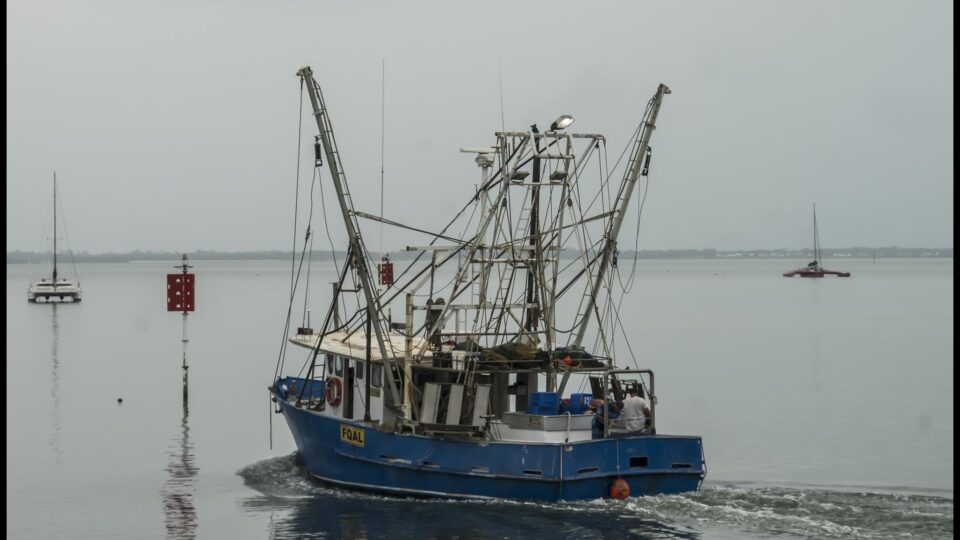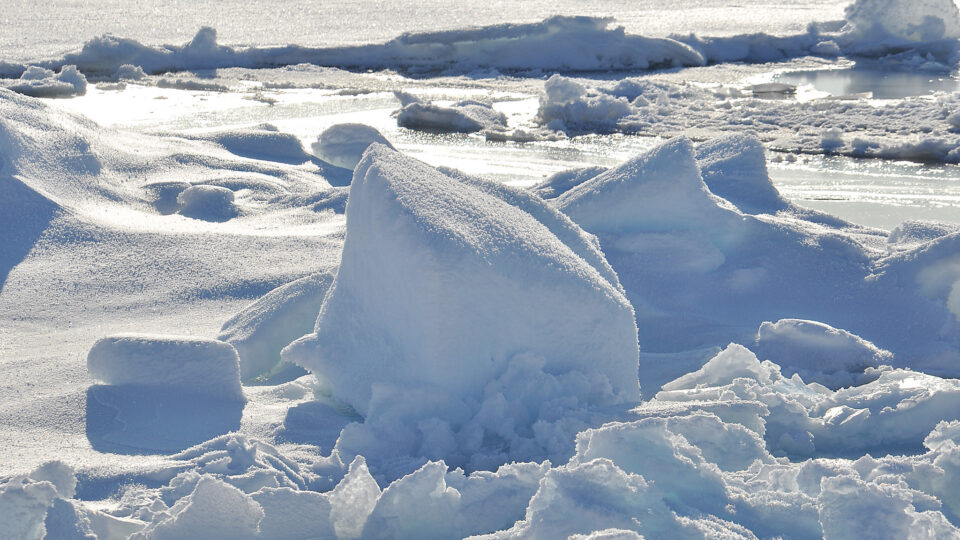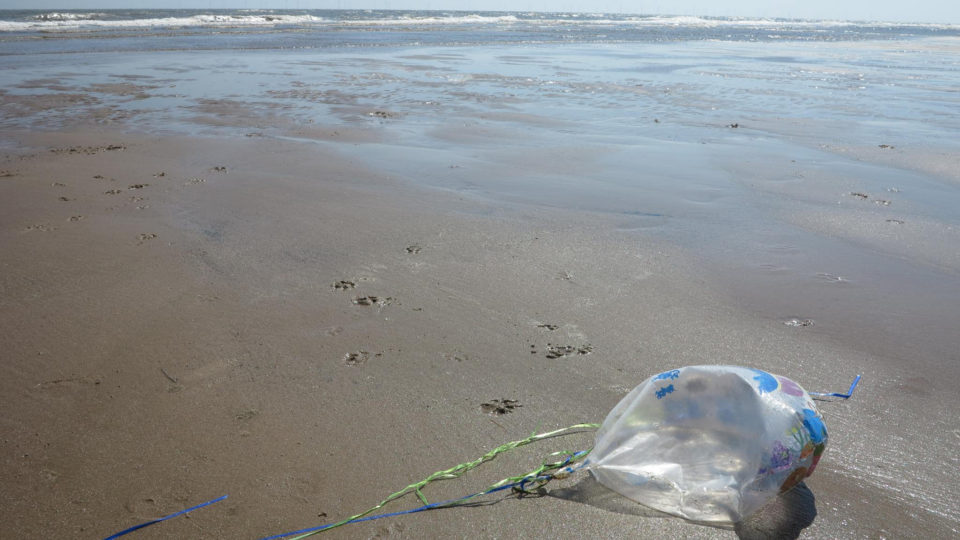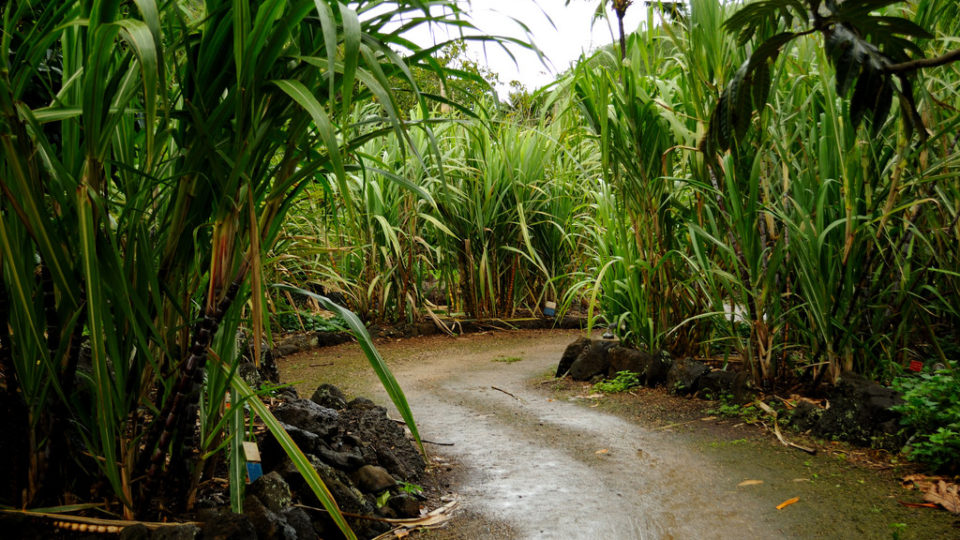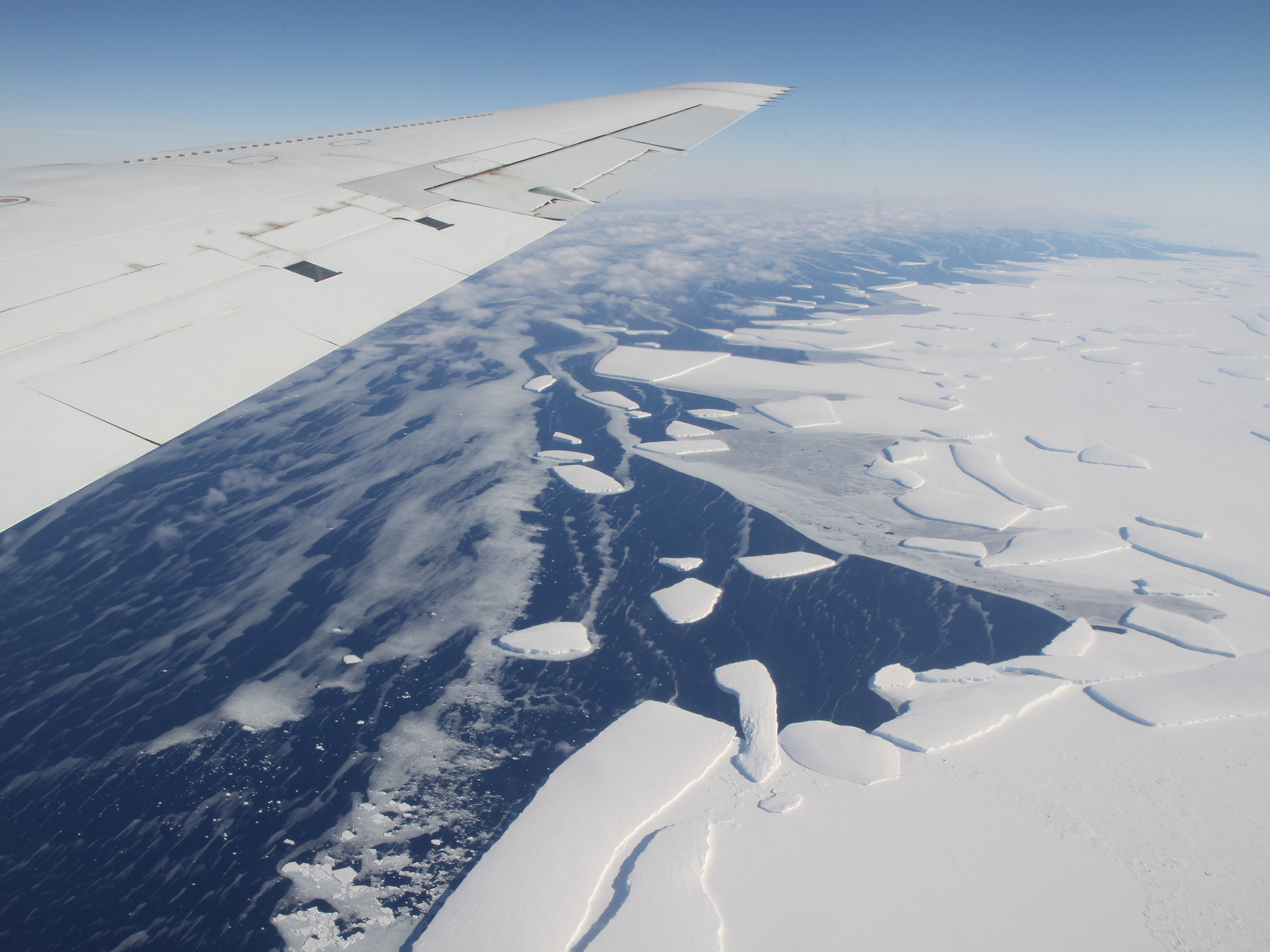Researchers from Cornell University and Rensselaer Polytechnic Institute have found that the continual warming in the world over the past 25 years has been reducing the amount of oxygen in many lakes.
Data from more than 400 lakes – mostly in the United States – shows that lakes with dissolved oxygen losses strongly outnumber those with gains. Overall, the researchers found that the amount of low oxygen water is increasing by 0.9% to 1.7% per decade on average and the volume of lake water lacking oxygen has increased by more than 50% from 25 years ago.
In the summer, lake surfaces may be about 70 degrees while the lake bottom may be about 40 degrees. The colder water is denser than the warmer water which causes resistance to the layers mixing. It is akin to having oil and vinegar in a cruet. This is known as stratification. The result is that oxygen from the atmosphere is prevented from replenishing dissolved oxygen in deep waters. This is a normal seasonal phenomenon.
However, with winter ending sooner than it used to, seasonal stratification is starting earlier and ending later. As warming continues, it is likely that there will be an increasing number of oxygen-depleted lakes in the future.
Oxygen deprivation in water can lead to hypoxia (low oxygen) and even anoxia (no oxygen), which have negative consequences for fish and other species. Reducing oxygen in lake water can lead to buildup of methane. Nutrients from agricultural runoff, released from unsettled lake sediment, increase the likelihood of harmful algal blooms.
**********
Web Links
Warming climate prompts harmful oxygen loss in lakes
Photo, posted June 23, 2010, courtesy of Alexander Acker via Flickr.
Earth Wise is a production of WAMC Northeast Public Radio.
